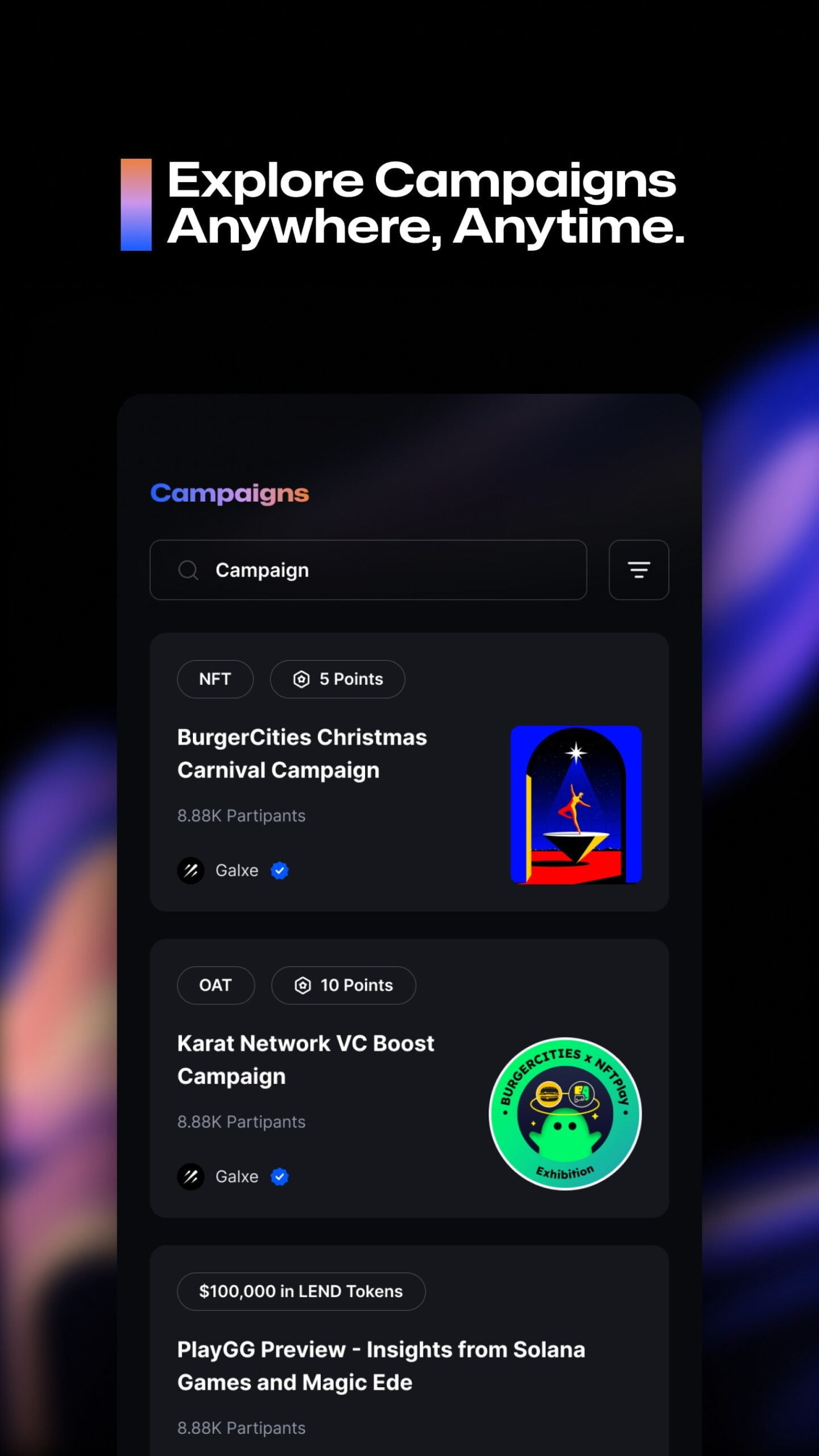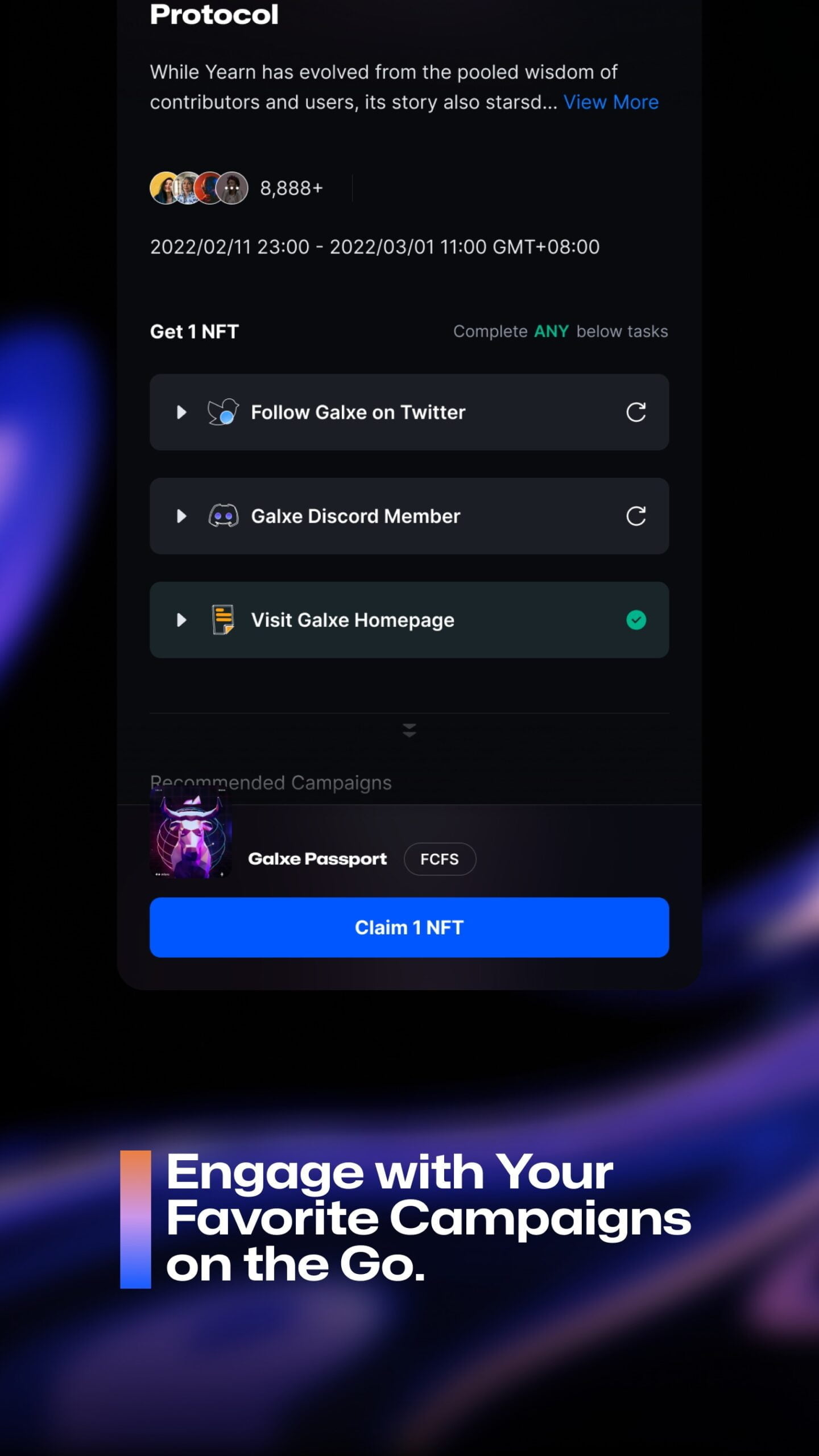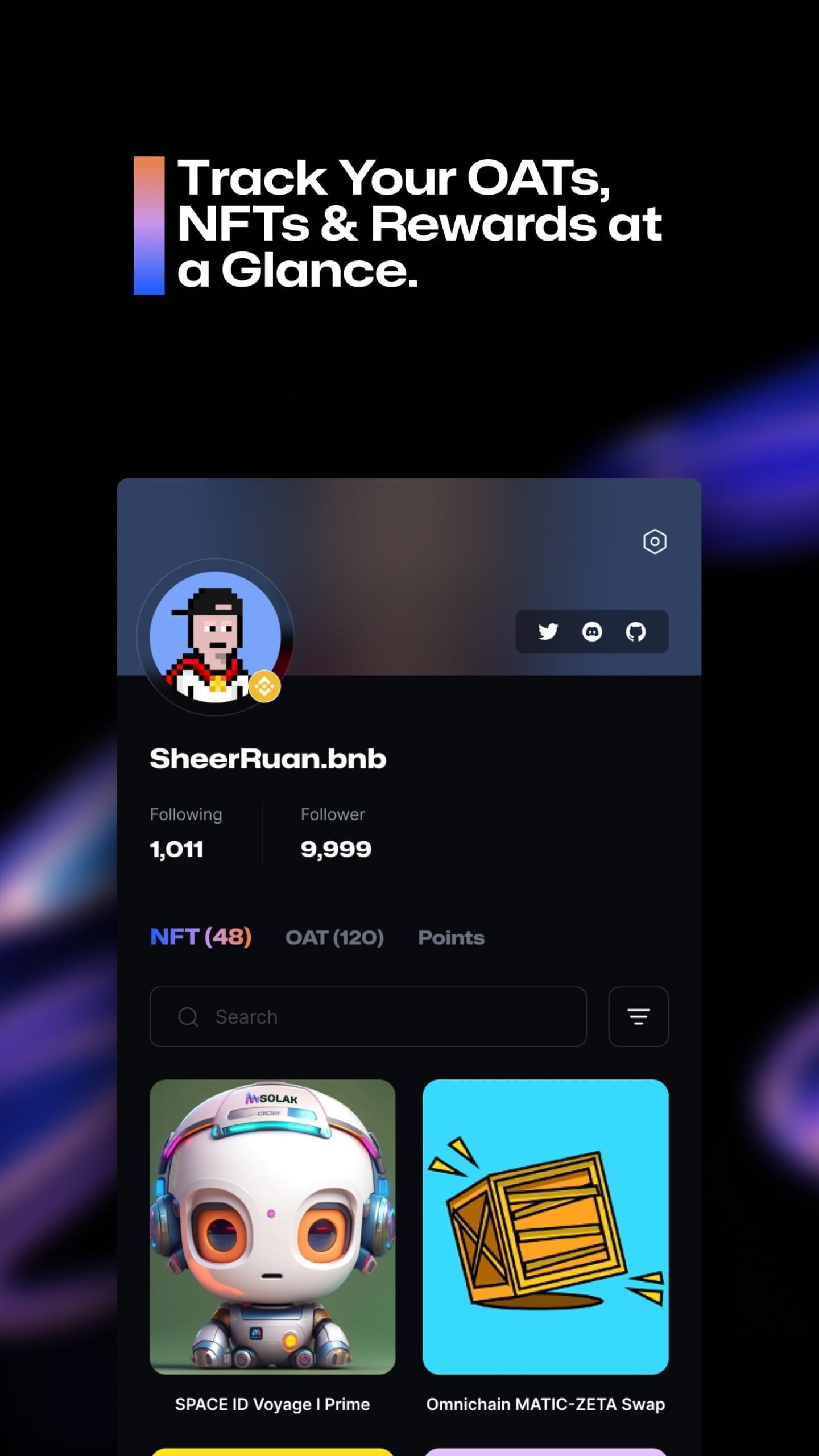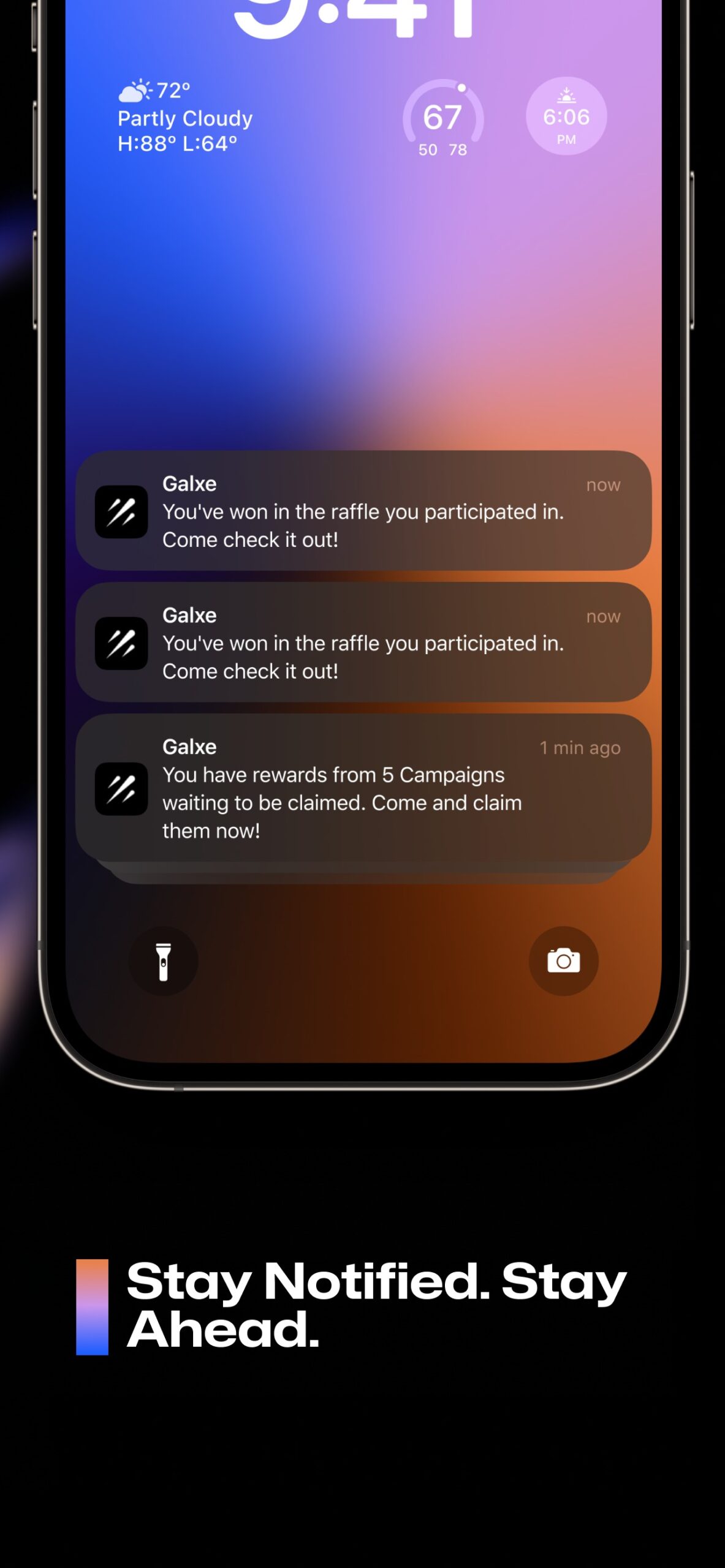Galxe Identity Protocol: Redefining Digital Identity with Privacy and Control
In the Web3 world, identity and privacy have become central concerns. Galxe Identity Protocol offers a cutting-edge solution that empowers individuals by giving them full control over their private data and credentials. This self-sovereign identity system is designed to improve the way we issue, manage, and verify credentials, providing a secure, decentralized framework for verifying on-chain activities, reputation, and more.

What Are Credentials?
Credentials are proofs of eligibility, rights, or accomplishments, and they’re integral to our everyday lives. Common credentials include keys, certificates, licenses, and deeds—representing rights or entitlements. In Web3, these credentials can take the form of on-chain activities such as:
- Your participation in a liquidity pool
- Your on-chain voting history
- Your involvement in a campaign or protocol, such as a Galxe Campaign
Beyond Web3, traditional Web2 platforms use your behavioral data to generate credentials, including your interactions on social media, your purchase history, and more. Companies like Google or Meta use this data to build algorithms that target you with personalized advertisements. However, the key issue is ownership: you don’t own these credentials, and you don’t control how they are used or shared.
Galxe Identity Protocol: Ownership, Privacy, and Control
Galxe Identity Protocol changes this dynamic by enabling users to own, manage, and share verifiable credentials on their terms, while maintaining complete privacy. The protocol is permissionless, meaning anyone can participate, and it’s built on Zero-Knowledge Proofs (ZKP) for secure and private credential verification.
Key Features:
- Self-Sovereign Identity: You have full control over your digital identity and private data.
- Selective Disclosure: Choose when and how much of your identity to reveal in various contexts.
- Verifiable Credentials: Credentials can be securely issued and verified using blockchain technology.
- Zero-Knowledge Proofs (ZKP): Prove your credentials without revealing sensitive personal data.

How It Works
The Galxe Identity Protocol separates its functionality into different roles and components to create a decentralized, scalable ecosystem. The four primary roles in this system are:
- Credential Holder: The person or entity that owns the credentials.
- Issuer: The entity that issues and manages credentials.
- Verifier: The entity that checks the authenticity of the credentials.
- Credential Type Designer: A third party that can design new types of credentials.
These roles are separated for maximum flexibility and security, allowing any platform or project to integrate and issue its own credentials. Key components include:
- Smart Contracts: Deployed on-chain to facilitate credential issuance and verification.
- SDK Tools: For developers to integrate the system and issue or verify credentials off-chain.
- Credential Schema: Defines the structure of credentials, including the context (e.g., “Are you over 21?”) and the type (e.g., “Yes or No”).
The protocol’s chain-agnostic nature ensures it’s compatible with multiple blockchain networks, creating a truly interoperable ecosystem.

What Does This Mean for You?
The Galxe Identity Protocol provides new opportunities for individuals and Web3 projects alike, offering a more secure and private way to manage identities.
For Individuals:
- Own Your Digital Identity: Instead of relying on Web2 platforms like Google and Facebook to own your data, you control your identity.
- Monetize Your Data: Your data is your asset. Choose how and when you share your achievements, social media interactions, and other activities, with the potential for rewards.
- Prove Credentials Privately: Need to prove you’re over 21 to buy alcohol or join a restricted game? With Galxe, you can verify your age or other credentials without revealing unnecessary personal details.
- Protect Your Privacy: Using Zero-Knowledge Proofs (ZKP), you can prove things like your game achievements or reputation score without revealing your entire history or identity.
For Web3 Projects:
- Credential Issuance: Projects can easily issue and verify credentials on-chain, whether it’s for gaming achievements, voting rights, or other types of interaction.
- Sybil Resistance: The protocol supports Sybil prevention by enabling accurate user identity verification.
- Customizable Credentials: Third-party entities can design and issue their own credential types, increasing flexibility and usability.

Practical Scenarios:
- Gaming Achievements:
- Imagine you’ve just completed a major achievement in a game—defeating a boss or reaching a high level. You can own that achievement as a verifiable credential.
- Game developers or third parties can verify your credential and reward you with in-game items, tokens, or other benefits, while ensuring that your identity and other irrelevant data remain private.
- Proving Your Age:
- If you’re over 21 and need to purchase alcohol, instead of showing your ID (which includes sensitive information like your name and address), you can use ZKPs to prove your age without revealing any other personal information.
- Reputation Scores in Web3:
- You want to join a Web3 DAO or participate in an event, but it requires a certain reputation score. Instead of revealing everything about your activity, you can prove your reputation using ZKPs, ensuring privacy while still participating in the event or DAO.
























Harran –
👍
nguyenbathanh007 –
Great